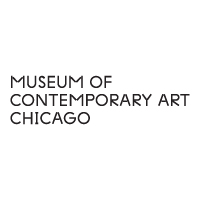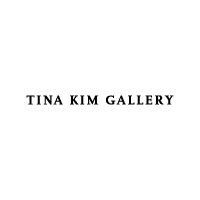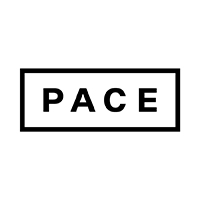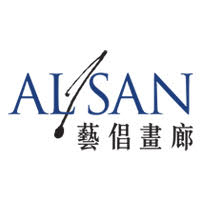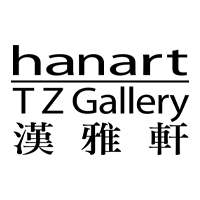Yang Yong’s Solo Exhibition at Shenzhen’s MOCAUP
By Annabel Preston
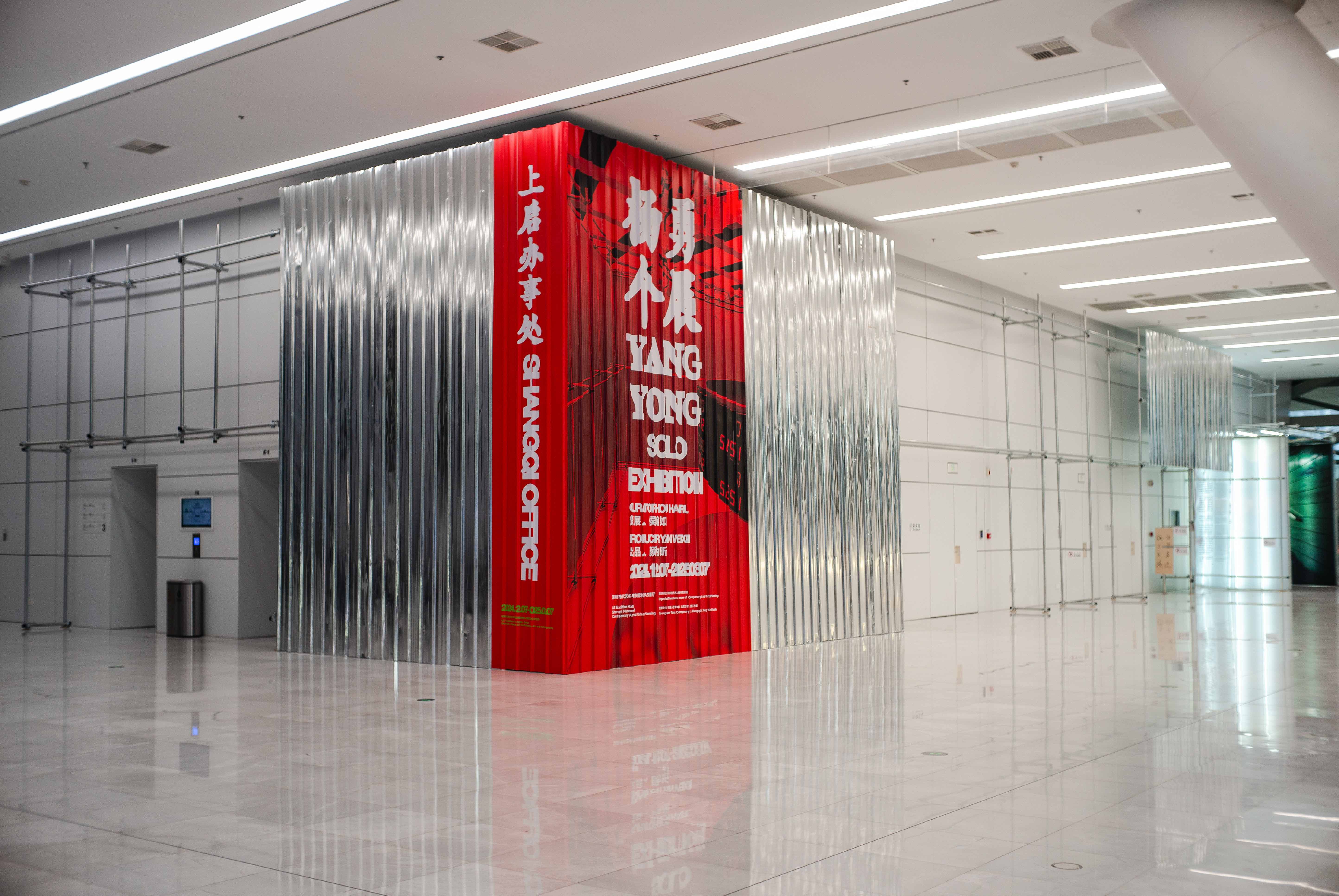
Installation view of "Yang Yong: Solo Exhibition" & Shangqi Office at the Shenzhen Museum of Contemporary Art and Urban Planning, 2024. Courtesy the artist and Shangqi Art, Shenzhen.
Since the late 1990s, Shenzhen-based artist Yang Yong has examined the undercurrents of emotion spawned by the city’s rapid development—the exhilaration of novelty and opportunity, escapism and desire, offset by feelings of loneliness and alienation. Launching economic reforms in the 1980s, Deng Xiaoping designated Shenzhen the first Special Economic Zone, thereby attracting foreign investment and migrants from all over China. The city, having since grown from 30,000 to almost 18 million residents, is now the third largest in the country after Shanghai and Beijing. Forested with skyscrapers, it has become a thriving center for technology, international trade, and finance. But at what human cost?
Though he works primarily with staged photography, Yang’s practice spans a variety of mediums—from installation and painting to moving image and textile production—to articulate the effects of Shenzhen’s constant urban flux. Curated by Chinese curator and critic Hou Hanru, and co-organized with Shangqi Office and Tang Contemporary, Yang’s solo exhibition at the Museum of Contemporary Art and Urban Planning (MOCAUP) was immense in scale and disquieting in psychological import.
In keeping with a culture of karaoke, television, and social media, Yang’s “characters”—mostly stylish young women—continuously perform, striking nonchalant poses, sometimes meeting the camera with their gaze, oftentimes ignoring its presence. In Sleeting Shadow No. 2–1 (2002), a group of young urbanites perch streetside, amid the glow of overhead neon and LED signs, while a woman sings into a microphone. The scene has an exuberant energy, offering a fleeting moment of joy amid the daily grind.

Installation view of YANG YONG’s Life, or Theater? No.15, 2004, double-sided light box, 83 × 120 × 13 cm; Anonymous Still 1 No. 22, 2005, double-sided light box, 100 × 100 × 13 cm; Anonymous Still 2 No.1-6, 2005, double-sided light box, 63 × 80 × 13cm. Courtesy the artist and Shangqi Art, Shenzhen.
By contrast, the moodier vignettes in Yang’s Anonymous Still 1 series (2003–14) depict somber women in various public environments and private settings. No. 21-24 (2005) shows a woman with wired earphones and a smartphone, alone on a city rooftop. Her solitude is palpable as she gazes wistfully at the device—a novelty at the time and an aid to escapist fantasies. Yet how much solace can one find in the digital? Awash in blue, these scenes convey a melancholy mood, suggesting loneliness and vulnerability in a busy, fast-paced city.
The use of construction materials in Yang’s show linked the exhibition with the world beyond. Large format photographs were mounted in light boxes, or on aluminum or acrylic panels set amid strip lights and scaffolding—a display setup that disrupted the “white cube” gallery space by imitating a construction site. Borderline No. 1-2 (1999), a colossal photographic print, was mounted onto the corrugated steel cladding of a room divider. The domineering image, featuring the darkened face of a woman against a white background, is a mesmerizing portrait of anonymity.

Installation view of YANG YONG’s Borderline No. 1, 1999, ultra giclee print with corrugated steel, 498 × 819 cm and 530 × 1742 cm. Courtesy the artist and Shangqi Art, Shenzhen.
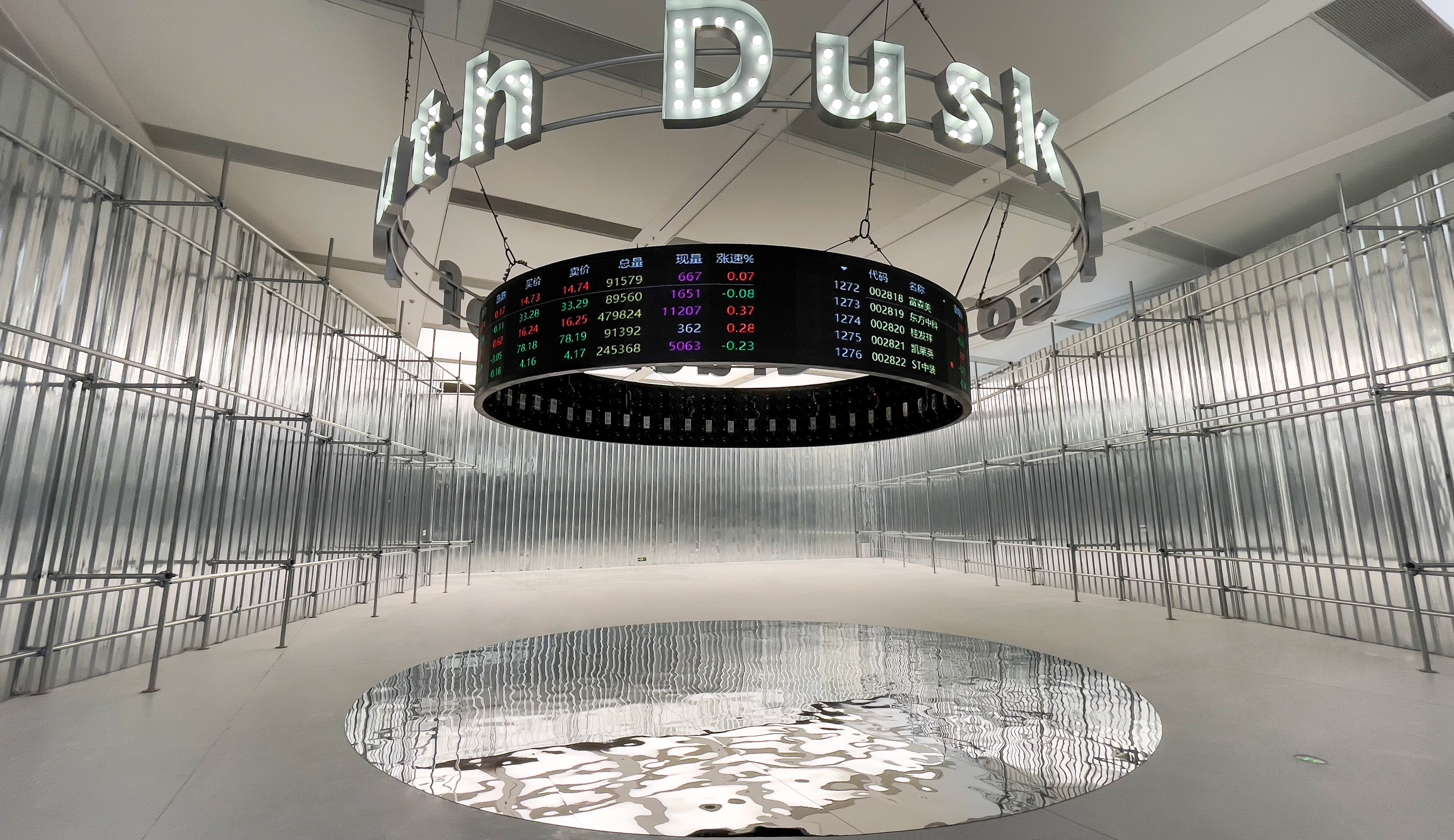
Installation view of YANG YONG’s Cruelty of Youth, 2024, light bulb, LED screen, stainless steel, 500 × 700 cm. Courtesy the artist and Shangqi Art, Shenzhen.
The Shenzhen Stock Exchange is now one of the largest in the world. Reflecting its relationship to everyday life, Yang’s large-scale installation Cruelty of Youth (2024) hung from the ceiling of a huge room—a circular recreation of the stock market with an LED screen displaying market data in real time, a stainless-steel mirror on the ground below exposing electronic components and adding to the room’s sense of spatial expansiveness. An accompanying Richard Wagner overture was disturbed by bursts of electronic noise. This cacophony represents Yang’s interest in superimposing multiple formal elements rather than sticking to one specific medium. It also evokes the aural experience of Shenzhen’s citizens, subject to constant drilling, hammering, and pile driving.
Yang’s fluid approach to artmaking was on full view in the final room of his exhibition. Recognizing the limitations of photography in engaging with such layered subject matter, Yang, who originally trained as a painter, began to explore new formats in the early 2000s, including installations, paintings on various materials, and tapestries. His Velocity-Limit series (2008– ) blends appropriated imagery with his paintings to form photorealistic depictions of F1 racing, evoking ideas of speed—a metaphor perhaps for the rate at which Shenzhen has developed—as well as society’s obsession with competitive sports. Meanwhile, the Consuming and Being Consumed series (2007– ) depicts images of pop culture icons, food, and clothing items—parodying the culture of relentless consumption in China. The large-scale canvases crammed alongside one another in this final room mirror life in the contemporary world—oft exhilarating and beautiful, but also overwhelming and sometimes grotesque.
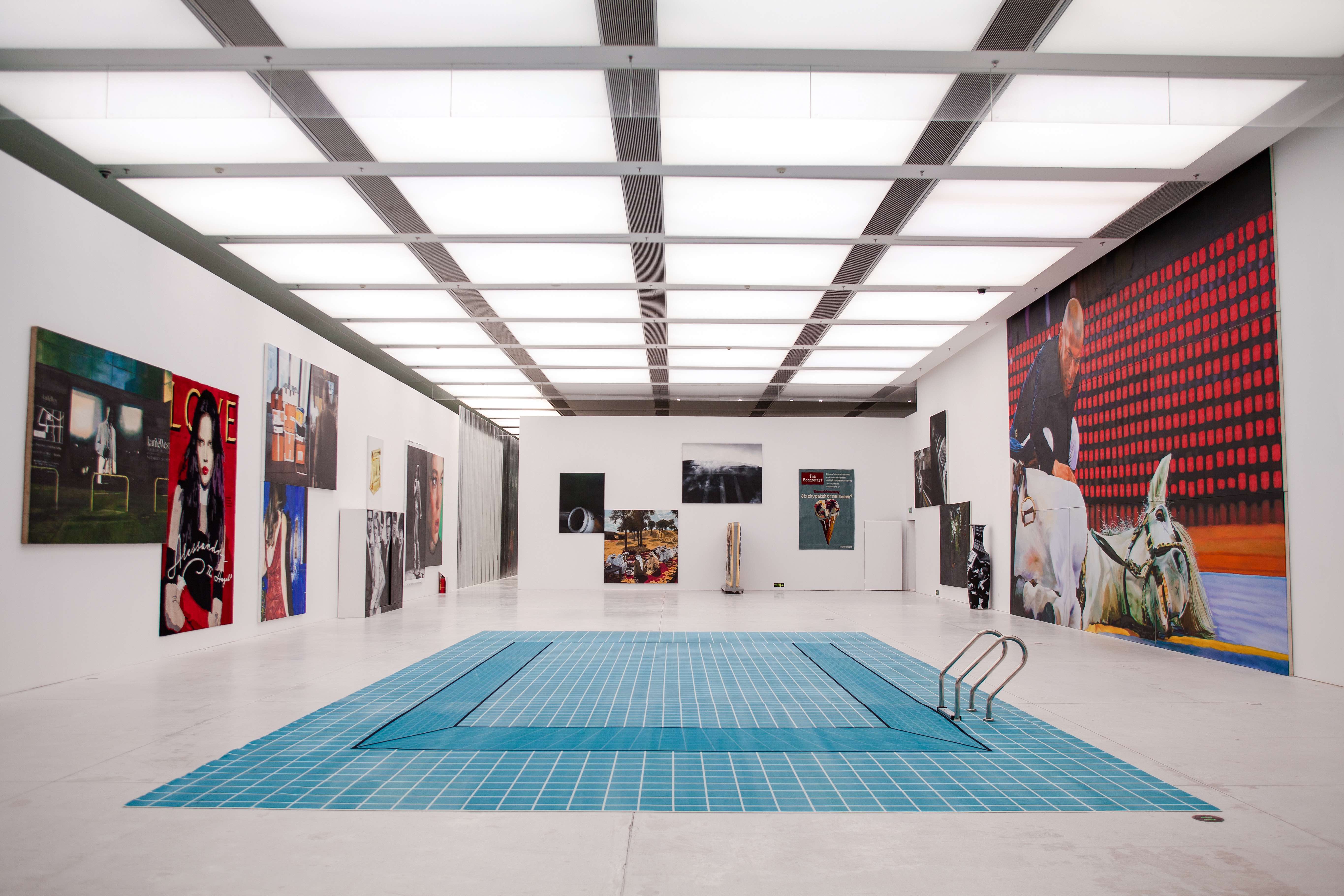
Installation view of YANG YONG’s Solo Exhibition at the Shenzhen Museum of Contemporary Art and Urban Planning, 2024. Courtesy the artist and Shangqi Art, Shenzhen.
Shifting through moods and mediums and subject matter, Yang’s solo show at MOCAUP highlighted the wide range of his practice. Blending fiction with reality, his idiosyncratic portraits capture with cinematic charm the socioeconomic and psychological conditions of urban dwellers in contemporary Shenzhen. Yang chose to include no wall labels in the exhibition. His viewers must craft their own narratives in the era of post-industrialization, symptoms of which are felt not only in Shenzhen but across the globe.
Annabel Preston is the assistant editor at ArtAsiaPacific.

